Top Ten Water Monsters in the World
The world's top ten water monsters are the Changbai Mountain Tianchi Monster, the Kanas Monster, the Tongshan Lake Monster, the Kenwei Island Monster, the Qinghai Lake Monster, the Deep Congo Swamp Monster, the Okanagan Monster, the Canadian Monster, the Ogopogo Monster, and the Loch Ness Monster.
TOP 10: Kanas Lake Monster
Kanas Lake, located in the upper reaches of the Irtysh River in the western Altai Mountains of Xinjiang, is a deep mountain lake and the only inland lake in my country that belongs to the Arctic Ocean system. Animal remains are often found near the lake, and rumors of water monsters abound.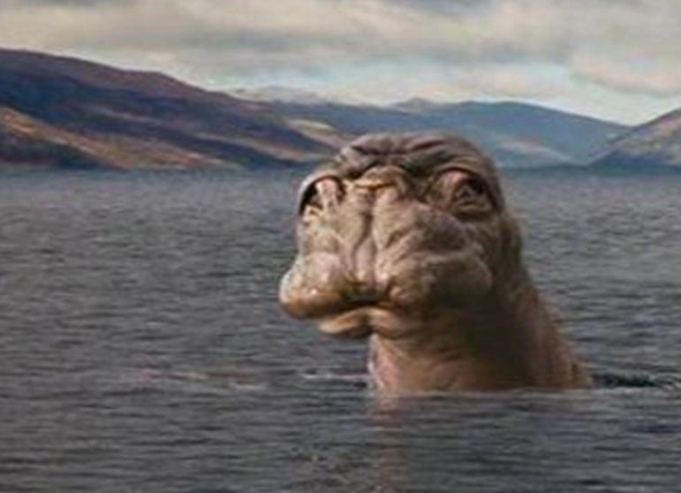
Horror Index: ★
Mystery Index: ★☆
Overall Index: ★☆
The Kanas Lake Monster is the only one of several major lake monsters in my country to have been discovered. Experts have determined that the Kanas Lake Monster is actually a large cold-water fish called a Taimen salmon, approximately 12-15 meters long, with a head width of 1.5 meters, and weighing 2-3 tons. It is a ferocious carnivore, preying on small fish, wild waterfowl, large water rats, otters, and even larger species.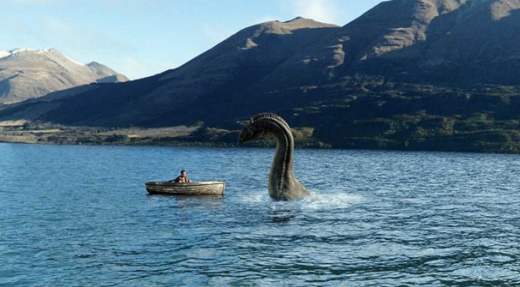
TOP 9: Tongshan Lake
Tongshan Lake Reservoir (also known locally as Songjiachang Reservoir) belongs to the Tangbai River system of the Yangtze River Basin, flowing into the Yangtze River through the Han River. Completed in 1969, the first fish stocked were fry caught from the Yangtze River. These included black carp, which are known for their feral nature and rapid growth, and a species called "gantiao," which has a soft, pointed head and can grow to over 1,000 kilograms. Chinese sturgeon were also stocked a few years ago, and they also grow rapidly.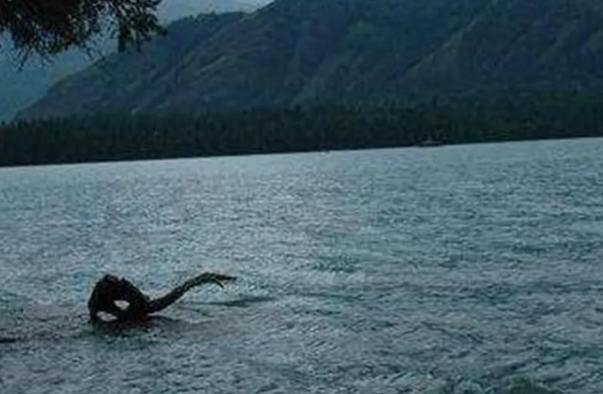
Horror Rating: ★★
Mystery Rating: ★★
Overall Rating: ★★
Water Monster Stories
Tongshan Lake, located in the transition zone from the subtropical to the warm temperate zone, belongs to the Yangtze River Basin. In September 1980, a phantom "water monster" suddenly appeared at Tongshan Lake Reservoir in Biyang County, Zhumadian City. Over the following 20 years, sightings of the "water monster" became increasingly legendary, with reports of a 100-meter-long apparition being particularly alarming.
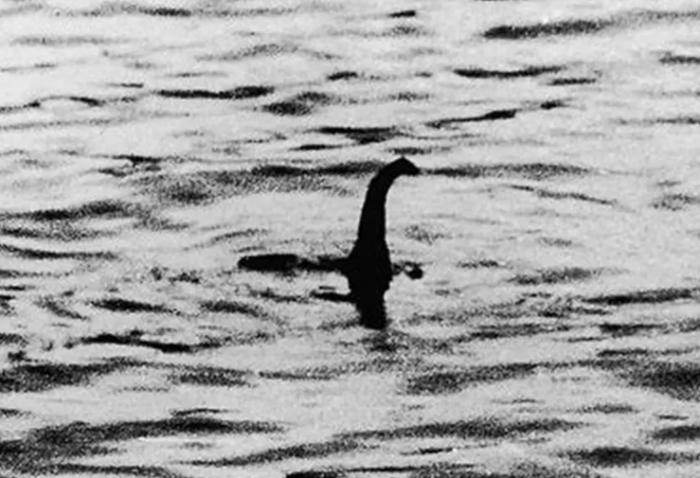
TOP 8: Canvey Island
Horror Rating: ★★
Mystery Rating: ★★★
Overall Rating: ★★☆
Water Monster Story
In August 1955, another similar body washed ashore. This one, in much better condition than the first, clearly revealed gills. This body was also quickly cremated, and no one or organization has offered any explanation for its origins. This monster has become another mystery, and the only way to solve it is to wait for another body to turn up.

TOP 7: Qinghai Lake
Qinghai Lake is my country's largest and highest inland saltwater lake. Its shape resembles a pear, long from east to west and narrow from north to south. Its circumference is approximately 360 kilometers, and its total area is 4,952 square kilometers. The lake's surface elevation is 3,196 meters above sea level, with a maximum depth of 32.8 meters. The Qinghai Lake monster has been sighted between Haixing Mountain and the lake's eastern shore. Its characteristics are said to be large and black-yellow in color.
Horror Rating: ★★★
Mystery Rating: ★★★
Overall Rating: ★★★
Stories of the Water Monster
It is speculated that the Qinghai Lake monster is unlikely to be an ancient reptile like a plesiosaur. The three sightings of the monster have all been tucked away, with no prominent hump, neither of which is consistent with the life habits of a plesiosaur. If the Qinghai Lake monster isn't a "spirit" or a giant fish, then what could it be? Its appearance has captured the attention of the global scientific community.
TOP 6: Congo Swamp
Ever since scientists discovered dinosaur fossils in the 19th century, rumors have persisted that dinosaurs were not completely extinct. In 1910, locals in the Congo region of the Middle East claimed to have seen a relic of an ancient creature in the swamps. They called it Mokele Mbembe. Those who saw Mokele Mbembe described it as somewhat elephant-like in shape, but with a long neck and tail.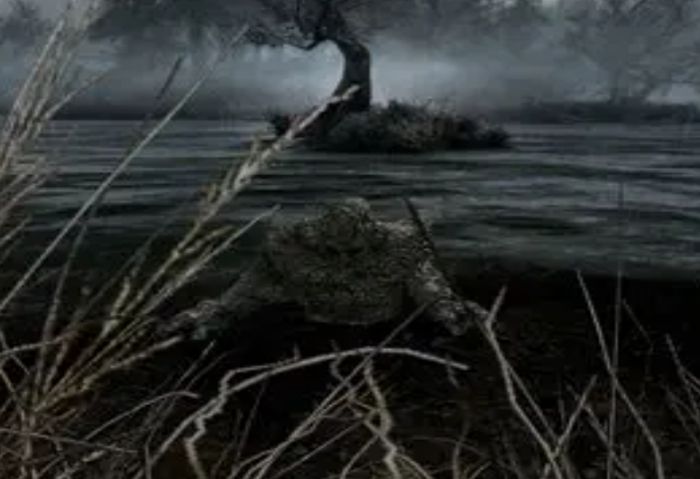
Horror Rating: ★★★
Mystery Rating: ★★★☆
Overall Rating: ★★★☆
Water Monster Stories
It is said to inhabit the swamps of the Congo River basin, generally hiding underwater except when migrating or foraging. Legend has it that Mokele Mbembe particularly dislikes hippos, killing any he sees. Others claim it abhors humans, often capsizing boats with its tail and slaughtering passengers. Although the possibility of prehistoric dinosaurs still surviving on Earth is almost zero, we should not forget that there are still many places in the Congo River Basin that have not been destroyed by humans. The strangest thing is that the number of people who have seen Mokele Mbembe has continued to increase over the past 100 years from the early 20th century to the early 21st century.
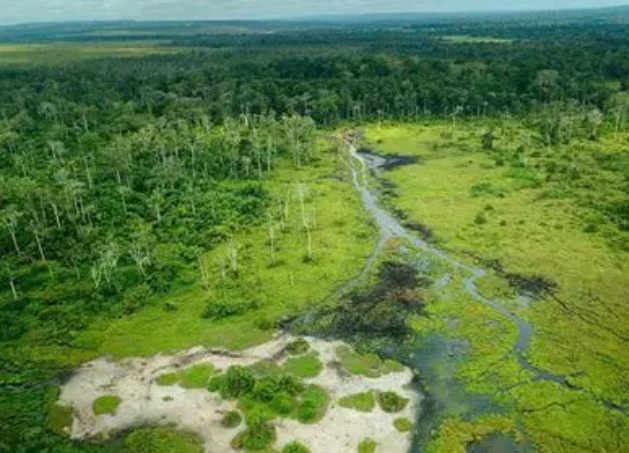
TOP 5: Okanagan
Canada is said to have more legendary water monsters than any other country, with over a dozen reportedly roaming the icy depths of British Columbia's Okanagan Lake. Native American legend claims the Okanagan Monster once capsized a boat, leading locals to believe the monster was a deity and offer five sacrifices. While neither the Native American legend nor modern water monster stories are sufficiently corroborated, numerous eyewitness reports claim to have spotted a massive monster in the lake.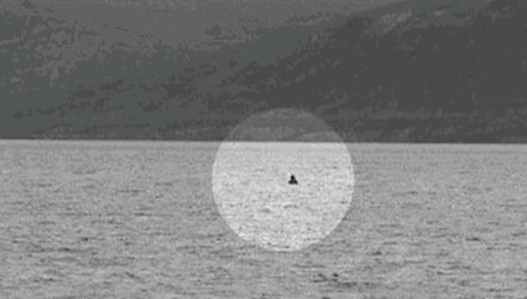
Horror Rating: ★★★★
Mystery Rating: ★★★★
Overall Rating: ★★★★
Water Monster Stories
Okanagan Water Monster expert John Kirk claims there's more evidence for the Okanagan Water Monster than there is for the Loch Ness Monster. If you're vacationing on the shores of the Okanagan, it's best to bring a camera. Witnesses claim the Okanagan Water Monster is between 60 and 150 meters long, with a horse-like head and a snake-like body. In 1926, a ship encountered a water monster. All 30 passengers on board witnessed the undulating 12-meter-long spine of the water monster.
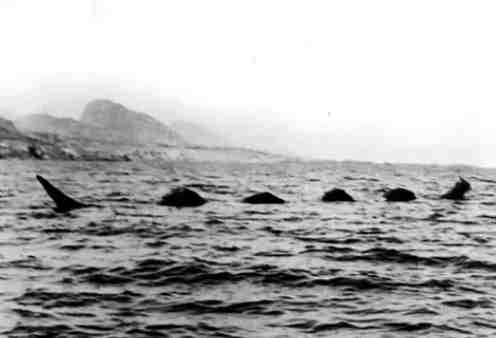
TOP 4: Canada
The most famous Canadian lake monster is Okobogo. It's almost as famous as the Loch Ness Monster. It lives in Okanagan Lake, a long, narrow lake located in southern British Columbia. Although only 128 kilometers long and less than 3 kilometers wide, it's deep and cold. Like Loch Ness, Okanagan Lake was formed during the Stone Age, sculpted by the impact of snow and water from the Ice Age.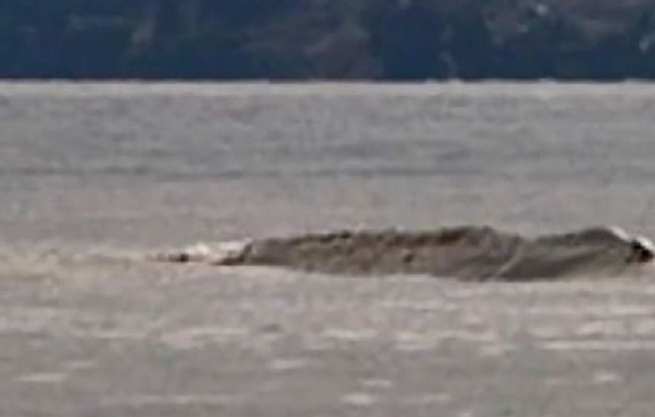
Horror Rating: ★★★★☆
Mystery Rating: ★★★★
Overall Rating: ★★★★☆
Stories of the Monster
The ancient Indians who first inhabited the area discovered it. Whenever they crossed the lake, they would always bring a dog or a chicken on their boat. If the monster appeared close to their boat, the Indians would throw the dog or chicken overboard to ensure their own safety. In the 1970s, a woman named Susan Alice saw a tree trunk floating on the lake. Suddenly, the trunk began to move, swimming in the lake against the wind and current, and people began to flock to the lake.

TOP 3: Changbai Mountain Tianchi
Tianchi Lake in Changbai Mountain is located near the main peak of Changbai Mountain in Northeast China. Local chronicles have repeatedly recorded legends of a lake monster. Since 1962, there have been numerous reports of sightings of the monster here. Some have even summarized the characteristics of the Tianchi monster: a large head (larger than a bull's head), a protruding mouth, a long neck (approximately 1 meter), and a massive body (over 3 meters).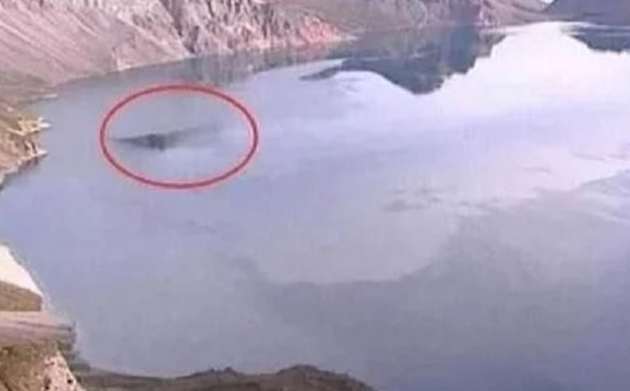
Horror Index: ★★★★☆
Mystery Index: ★★★★☆
Overall Index: ★★★★☆
Water Monster Stories
The Tianchi Lake monster may actually be a marine fish similar to the sunfish. Tianchi Lake in Changbai Mountain is an active volcano and is adjacent to the Sea of Japan. It's highly likely that a tunnel leading to the Sea of Japan exists, allowing the sunfish to enter Tianchi Lake through this tunnel. Furthermore, because Tianchi Lake is an active volcano, the lake is rich in minerals due to volcanic activity, providing food for the sunfish. Furthermore, the volcanic activity warms the lake, making it suitable for the sunfish. But most importantly, recent photos and videos of the monster show that the monster has a habit of spinning and can jump out of the water, which is extremely similar to the sunfish.
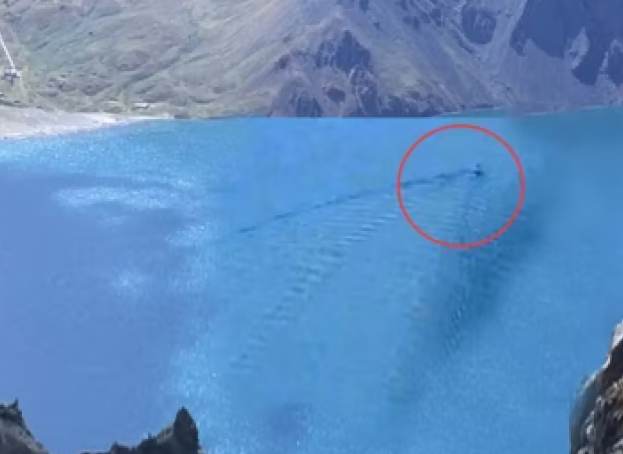
TOP 2: Loch Ness
The Loch Ness Monster is one of Earth's most mysterious and captivating mysteries. Stories of a gigantic monster lurking in Loch Ness, devouring humans and animals, have been circulating for over 1,500 years. Ancient figures even claimed to have sighted the monster. Some say it has an elephant's trunk and a smooth, soft body; others say it has a long neck and a round head; some say it appears with foam splashing everywhere; others say it exhales smoke, sometimes causing the lake to become misty. These various legends differ widely, and as they spread, they become increasingly mystical and terrifying.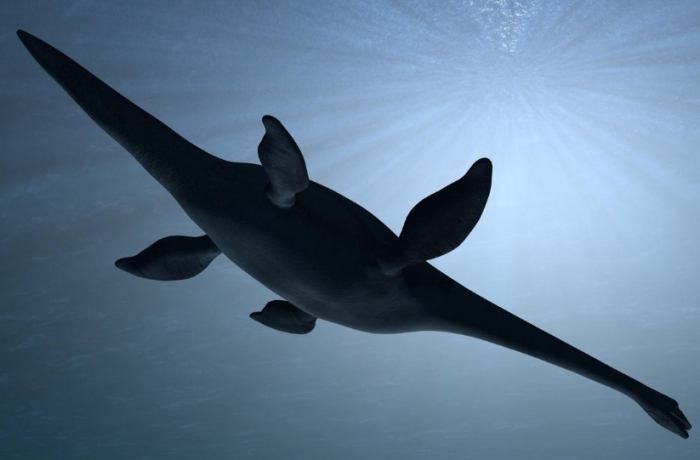
Horror Rating: ★★★★★
Mystery Rating: ★★★★★
Overall Rating: ★★★★★
Monster Stories
The Loch Ness Monster is a legendary creature that lives in Loch Ness, Scotland, UK. It has always been portrayed as a plesiosaur-like creature. Every year, the monster attracts tourists from around the world hoping to catch a glimpse of it. It has also captivated scientists and explorers, and countless hunts for it have been conducted over the centuries, though all have failed.
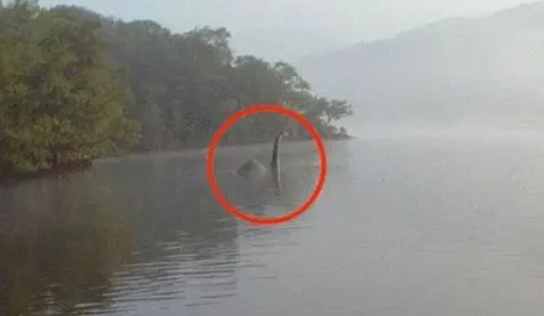
TOP 1: New Zealand waters
In 1977, the Japanese ocean-going trawler "Zuiyo Maru" unearthed a massive, decaying carcass in waters near New Zealand. Its long neck and small head strongly resembled those of a plesiosaur fossil. However, due to the stench of decay, the carcass was eventually thrown back into the sea by the crew, leaving only a few photographs and bone samples. It has become one of the most famous unsolved mysteries in modern marine biology.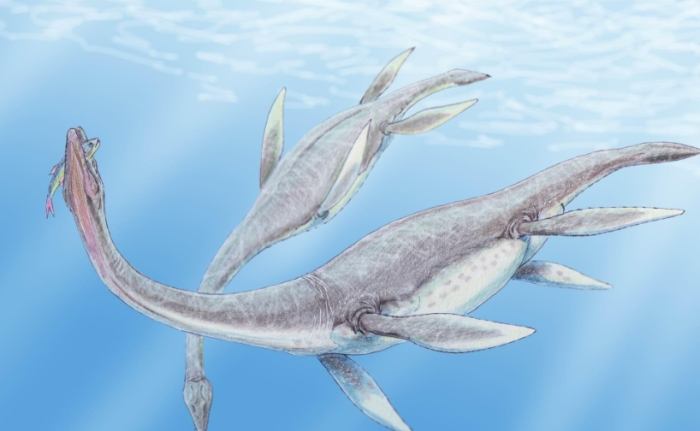
Horror Index: ★☆
Mystery Index: ★★★★★
Overall Index: ★★★★
Sea Monster Stories
This decaying carcass, nicknamed "Sinness" or the "Zuiyo Maru Monster," sparked global speculation about a "living plesiosaur." Later, scientific analysis of the remaining tissues revealed that it was most likely the remains of a severely decomposed basking shark. However, due to a lack of crucial evidence, its true identity remains controversial, leaving the deep sea with endless possibilities for speculation.
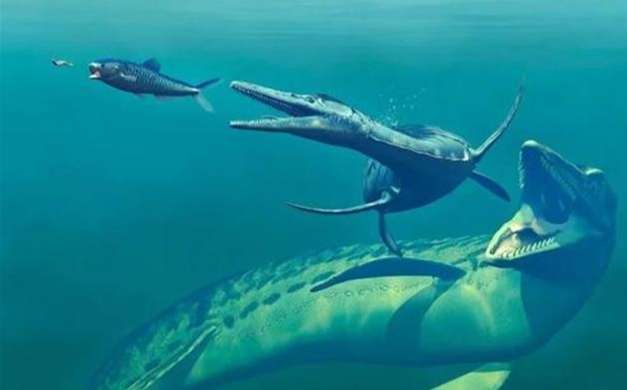


Leave a Comment